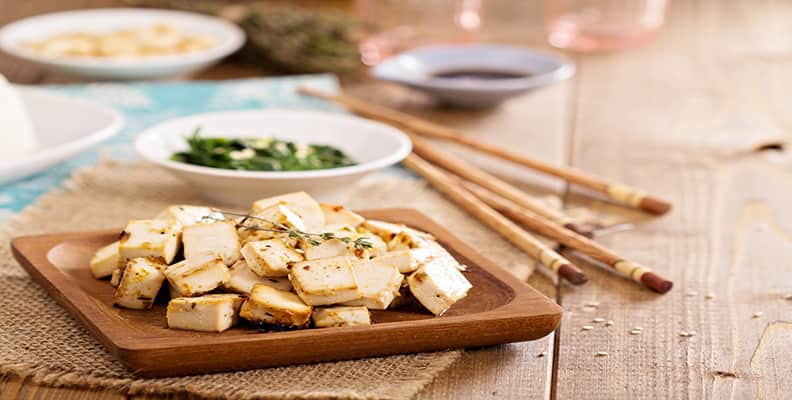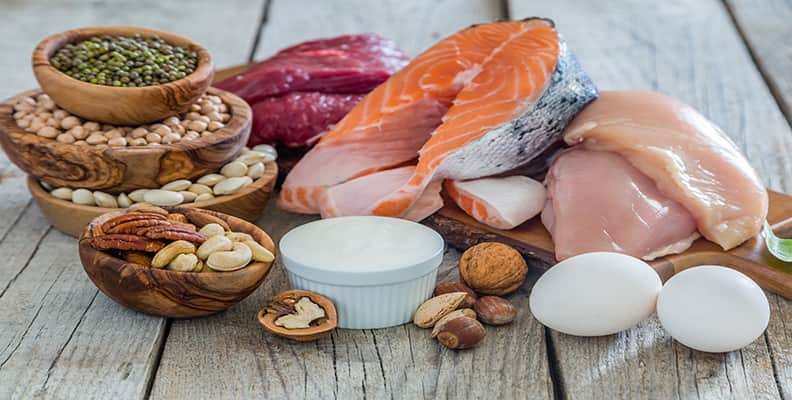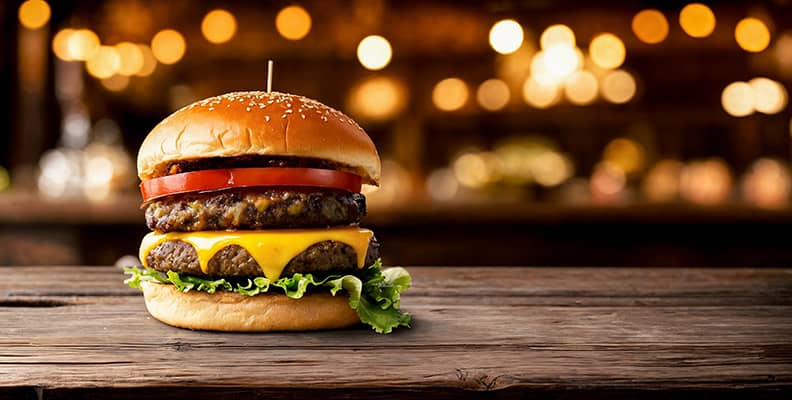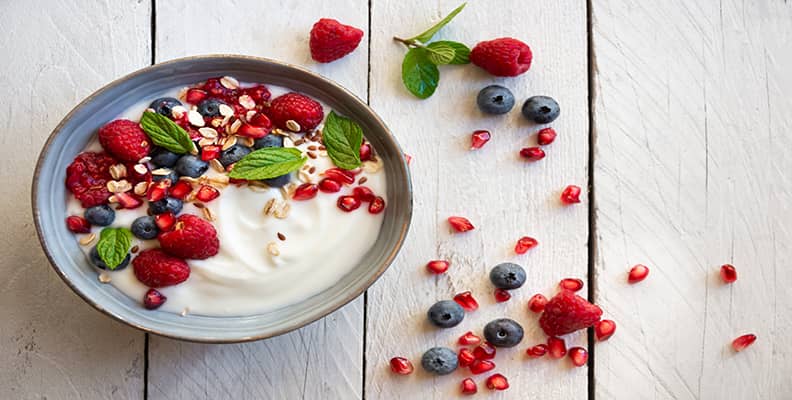Herald premium quiz: Test your protein knowledge
How much protein do you really need? Take this quiz to see how much you know.


Proteins are made up of building blocks called amino acids. When you eat protein-rich foods, you supply yourself with the raw materials that give every tissue in your body strength and structure. Proteins play many other essential roles, too, including serving as hormones, helping to digest food and fighting infections.

On average, people in the United States consume plenty of protein, although this can vary considerably. Those who don’t get enough are usually consuming fewer calories overall or have more dietary restrictions.

Recommendations for protein are based on body weight. You can calculate your recommended amount using an online calculator.

Those who are pregnant need more protein to support the growth and development of the fetus, and those who are breastfeeding need extra protein to produce milk. Protein is also important when recovering from an illness or injury, and during strength and endurance training for building and repairing muscles.
Select all that apply

Twenty-five per cent to 50 per cent of teenage girls and 30 per cent to 50 per cent of adults over 71 aren’t getting the recommended amount of protein, according to recent diet surveys. That’s a concern — older adults who don’t get enough are at risk of losing muscle mass and strength, which can lead to frailty, loss of independence and greater risk of falls and fractures. And for teenage girls, too little protein could interfere with their growth and development.

The top sources of protein in the United States are red meat, grains, dairy products and poultry. But researchers have found that eating less meat, especially red meat and processed meat, and more beans, nuts and whole grains is associated with a lower risk of heart disease, Type 2 diabetes and early death. And plant-based proteins are better for the environment to boot.

It’s a common myth that plant-based foods are missing some important amino acids. The misconception comes from the fact that plant proteins have lower levels of some of these building blocks. But as long as you eat a variety of protein-rich foods each day, you can meet all of your amino acid needs. That said, it’s more common for vegans and vegetarians to fall short on protein, and it can take some planning to ensure you’re getting enough from plant-based sources alone.

To build muscle, you’ll need strength training. You’ll also want to be sure to get enough protein, and research suggests that an athlete needs about twice as much as someone who is inactive. Protein powders can be convenient, but experts say that it’s best to get your protein from whole foods.

One cup of cottage cheese contains 23 grams of protein, whereas a can of tuna contains 22 grams, two hard-boiled eggs contain 12 grams and one cup of reduced-fat milk contains 8 grams.

A two-slice serving of bacon has 5.5 grams of protein, whereas 2 tablespoons of peanut butter has 7 grams, two slices of whole wheat bread has 8 grams and half a cup of cooked lentils has 9 grams.
Select all that apply

These meals would provide at least 20 grams of protein: Two scrambled eggs (12 grams), a slice of white toast (2.5 grams) and a glass of milk (8 grams) for a total of about 23 grams of protein; one cup of Greek yogurt (25 grams) with half a cup of blueberries (0.5 grams) for a total of nearly 26 grams of protein one cup of tofu scramble (20 grams) with a half cup of black beans (8 grams), topped with salsa, for a total of 28 grams of protein.